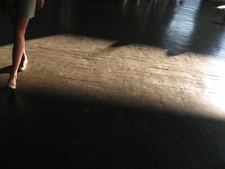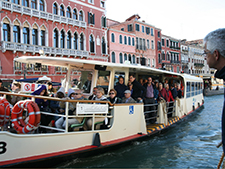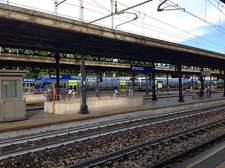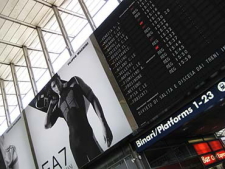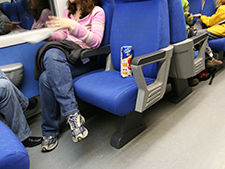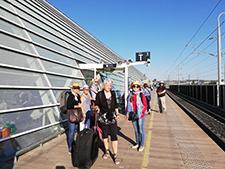FAQ: TRAVEL INFO & MEDIA
Easy Arrival and the Medium of Your Choice

Your Art Workshop in Europe
and South America
Rounding up for our art courses in Italy, France or South America is very easy. We meet you at a central location. We provide all the details in our pre-departure newsletter.
OILS
Oil painting is the process of painting with pigments that use linseed oil or other drying oil as a binder. The drying oil has a chemical reaction with oxygen causing the paint to slowly solidify. This process is called oxidization. Since oils take longer to dry than other mediums, after several hours colors are still blendable and you can easily make changes to your work during the course. For this reason, we recommend oils to beginners. Also, in addition to their malleability, oils remain the favorite medium of many participants because of its richness and sumptuousness. Despite its slower drying rate, oil painting works very well during our workshops. Why? The sun in Tuscany and Provence is very hot. Also, a couple of drops of cobalt siccative help to speed the drying process.
ACRYLICS
Acrylic paint is water-based paint in which the pigment is bound in a plastic resin. Acrylic paint dries fast as its water content evaporates into the atmosphere. Because of their drying speed, mixing acrylics is more difficult than mixing oils. Also, you need to work faster and have less flexibility to make changes to your work. Acrylics may also darken slightly as they dry, while oil paints do not. However, if you are an acrylic painter or simply want to try this medium, no problem! Acrylics work also very well during our painting workshops in Italy and France. Why? We recommend using a gel retarder to slow the drying time and make easier the blending and layering.
WATER-SOLUBLE OILS
Water-soluble oils are oil paints that can be diluted and cleaned with water, rather than solvents. They are water mixable, not water based. They contain dry pigments, an oil binder and an additive that acts as an emulsifier. Like conventional oil paints, water-soluble oils dry by oxidation. They dry a little faster than traditional oils but much more slowly than acrylics. Water-soluble oils can be mixed an applied as tradional oils. But they can be thinned with either drying oils, water or water-soluble mediums. Because of their versatility they are a good alternative to both conventional oils and acrylics.
WATERCOLORS
Watercolor paints are made of pigments suspended in a water-soluble binder. They can be more challenging than other painting mediums. Why? You need to plan your work in order to preserve the white space on your paper. Also, since watercolors are translucent you cannot cover up your mistakes. In addition, you need to learn how to balance the amount of water so colors remain vibrant. Nevertheless, during our art courses in Provence and Tuscany, we often have participants of all levels, from beginners to advanced, working in this medium. We recommend bringing very good brushes, quality pigments and enough Arches paper.
DRAWING and PASTELS
During our art retreats with us in Italy and France you can draw and “paint” with any type of oil pastels. As for soft pastels, they are made with a combination of white chalk, pigment and gum arabic, which gives it a drier matte finish. Because of their chalky and dusty consistency, they can be smudged and blended to a greater extent than other pastels. Also, they don’t stick to the surface, and the excess can be easily brushed off. Oil pastels on the other hand, consist of pigment mixed with a non-drying oil and wax binder. They have a creamy consistency and once applied they firmly get fixed to the surface. They are more stable and intense in color, though less blendable than soft pastels Since drawing and pastels go hand in hand, we recommend the use of proper paper, shapers and smudgers.
CONCEPTUAL and CONTEMPORARY ART
We do not teach these disciplines, knowing that our rare participants in these fields already know what they have in mind. However, we can engage in theoretical conversation, hence pushing ideas and stimulating others.
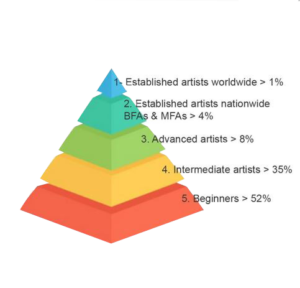

Since 1997 Walk the Arts (icscis inc.) has been offering top quality painting workshops, art classes, and art history tours in Italy, France, Colombia, Spain, and the United States.
© 2020 Walk the Arts | painting-workshops.com
Call Us
(800) 611-4789 (North America | e.s.t.)
(+1) 819 457-1892 (World)



